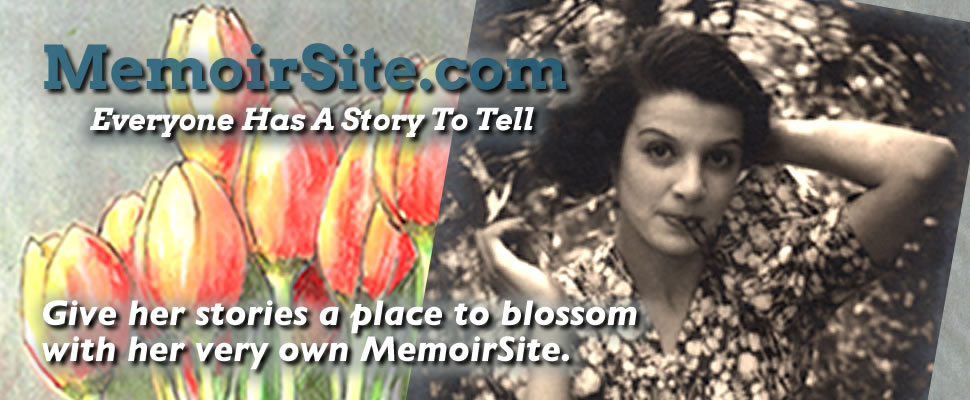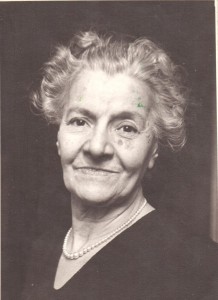Justine’s Story
In 1912 two children, Justine and Carl were enrolled in the 1st grade class of the Public School on Arch Street in Philadelphia, Pennsylvania. Although they each remember the classroom, neither of them made enough of an impression on the other to be memorable, and it may have stayed that way forever. My parents’ life trajectories would only truly intersect in the late 1930s under circumstances that could hardly have been envisioned as they both started out life in the second decade of the 20th century.
By 1925, my father was eighteen and happily building radiosets in his bedroom in Stamford, Connecticut as he waited to begin college. Read R.C.’s Radio Story here.
In 1925, my mother was almost twenty, living in New York City and had been out working for more that five years.
As the first born to French immigrant parents my mother, Justine, became the man of the house when her father, Georges, left her mother, Isabella, and two other daughters. With The Great War over, Georges Ponthus was able to return to France in safety, taking the third and youngest daughter, Juliana, with him. Isabella never saw her daughter again; and it would be more than forty years before the sisters would come face to face.
Living in New York City in the early days of the automobile, Georges had hired out to those who could afford a vehicle and a chauffeur/mechanic to drive and maintain it. Isabella’s living came from those woman who could afford to have their wardrobe created by a “french” couturier. By leaving his family Georges made it necessary for Justine to quit school and find work. With her mother’s English vocabulary limited to words useful in the millinery trade, Justine had taken over the family’s negotiations with grocers, landlords and tradesmen. And, at fifteen, she was probably anxious to get out of the house.
To digress, my grandmother as I remember her, in the early 1940s seemed very tall, even when she held me in her lap and sang to me in French. Justine and her sister, Juliet, were off at work. I was her first grandchild and we bonded deeply, as my father was off to the war in Europe. I called her Maman when I was old enough to speak. Maman had married late to Georges, a man ten years her junior and all three daughters married late, too. This was no doubt due to the scrutiny their now-abandoned mother accorded any suitors who came calling.
During the ’20s, Justine worked exclusively in the lampshade industry. The custom design and manufacture of fabric shades with linings of silk, was a specialty and depended again on a clientele affluent enough to eschew the mass produced. Eventually, she would become foreman in these factory lofts. There, she would supervise young girls and older women as they stitched away on fabric stretched over the metal armatures of custom designs. Thinking about her at work in these lofts brings to my mind the Triangle Shirtwaist Company and the working environment there. The disastrous fire on Waverly Place in 1910, had taken place barely a decade before.
When I used to pester my mother about, “How things used to be,” Justine described her family living in a series of apartments in those days. One seemingly especially suitable to their situation was on Madison Avenue near 68th Street. Formerly a residence, the grey painted brownstone building now had a storefront shop on the ground floor. Each of the floor-through apartments above had been renovated to provide a living space in the rear, with the room in front serving as a business premises during the day. Many of these buildings exist in this form even now.
From this second floor apartment Mme. Ponthus’ atelier looked out on Madison Avenue and the shops, traffic and trolley line below. With Justine off at work and her sisters at school, she would receive her clients in the afternoons for fittings, tea, conversation and gossip. The relationship between a woman and her dressmaker was part commerce, part ritual and very personal. Maman was an artiste with fabric and trimmings. She also had a way with cards and the superstitions of a French peasant in matters supernatural.

